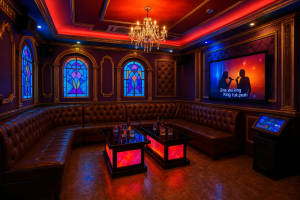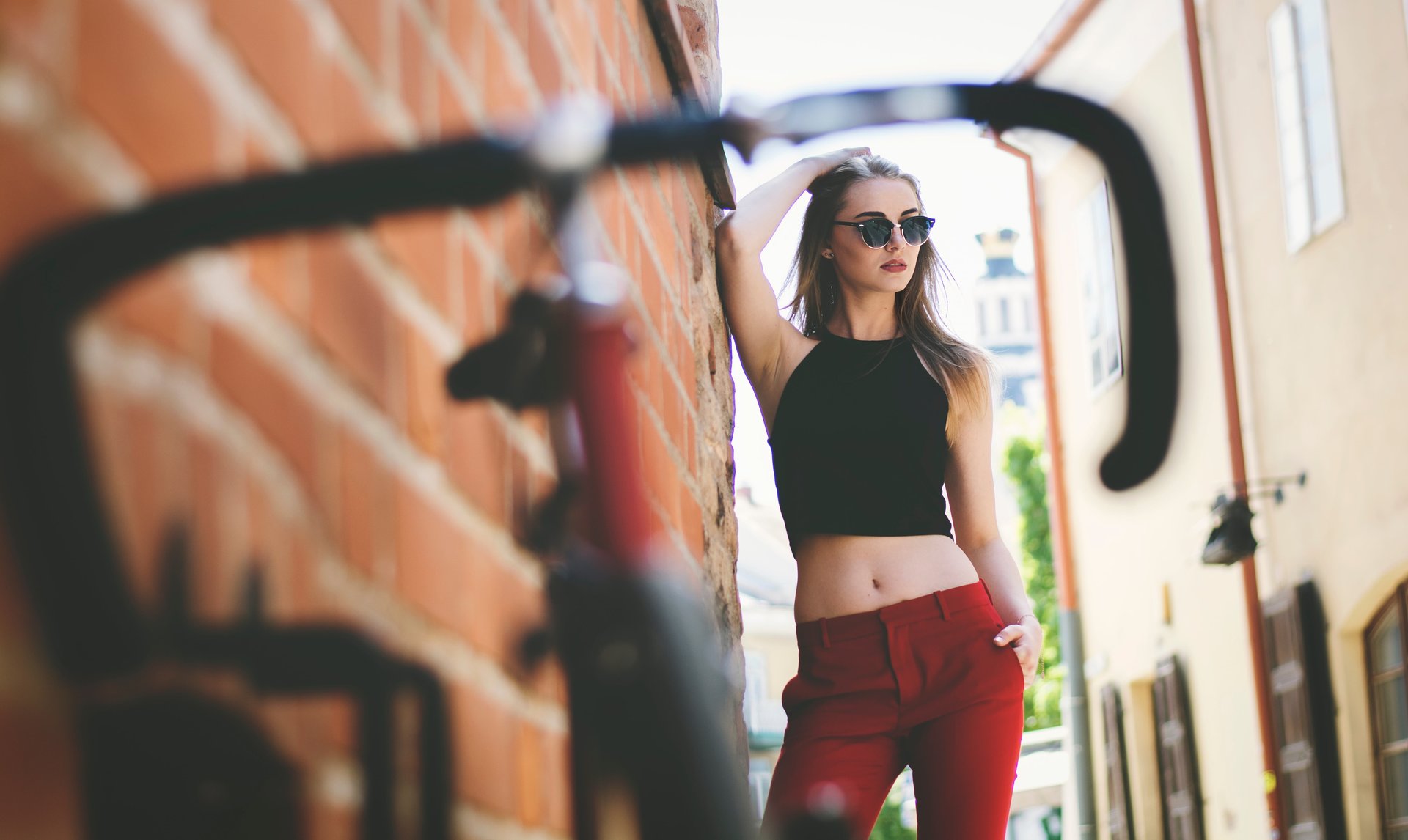From Canvas to Karaoke: How Visual Artists Are Designing KTV Rooms

KTV rooms—once soundproofed booths with a couch, a mic, and some neon lights—are getting a major upgrade. More than just entertainment spaces, they’re becoming immersive art installations, thanks to a new wave of visual artists and interior designers. These creatives are turning karaoke into a full sensory experience, blending music, visuals, and space design in ways that surprise and delight. Even places like 호치민 가라오케 are embracing this trend with themed rooms that feel more like art exhibits than karaoke booths.
Across Asia and beyond, karaoke bars are leaning into bold, unexpected aesthetics. They offer psychedelic rooms that feel like stepping into a dream, retro-futuristic lounges lit by LED constellations, and spaces themed like forests, subway trains, vintage diners, or abstract art galleries. Behind these imaginative builds are artists who usually create on canvas, in galleries, or in digital spaces—now lending their vision to something far more interactive.
Art Meets Acoustics
One of the artists pushing boundaries is Taiwanese designer and illustrator Lala Wang, who recently collaborated with a popular Taipei KTV chain to design a series of themed rooms. Each room reflects a different emotion through color and shape—like “Euphoria,” a space soaked in deep pinks and gentle curves, or “Solitude,” with cool blues and sharp, minimal angles. For Wang, it was about translating the feelings people associate with certain songs into physical environments.
“I wanted the room to feel like the inside of a song,” she says. “When someone sings a heartbreak ballad, I want them to feel surrounded by that emotion—not just through the lyrics, but through the walls, the lighting, the textures.”
Designing for KTV is a different challenge than a gallery installation. The space has to be comfortable, durable, and functional for sound but also visually striking. Acoustic materials must blend seamlessly with the design. Lighting has to flatter people while shifting dynamically with the music. Everything—from the seating to the ceiling—needs to contribute to the mood without overwhelming it.
From Studio Walls to Private Booths
In Seoul, artist and set designer Jihoon Park recently turned an underground karaoke space into a surreal dreamscape. Drawing inspiration from Korean folklore and pop culture, he created five unique rooms, each like a mini art piece. One looks like a cave of glowing crystals. Another mimics the inside of a spaceship. A third reimagines a hanok (traditional Korean house) with contemporary flair.
“More and more, people want their night out to be memorable,” Park says. “They want to take photos, yes, but also to feel something. KTV rooms are a perfect place to create that kind of experience.”
Park started his career designing for theater and film. Now, he applies the same storytelling logic to interior spaces. He treats each KTV room like a stage set designed to evoke a specific world, complete with atmosphere, emotion, and identity.
Instagram-Ready, But More Than Just a Backdrop
KTV venues are competing not just on sound systems or song libraries but also on aesthetics. If your karaoke night doesn’t get posted, did it even happen?
But the best of these rooms are more than just backdrops. They are designed for real use: spaces that make people feel relaxed, confident, and expressive. That’s why artists are so well-suited to the job. They’re used to thinking about emotion, context, and interaction.
In Manila, designer and muralist Nina Pascual was tapped to create a set of KTV rooms for a boutique karaoke lounge. Each room features her signature hand-painted walls, blending street art with Filipino folk motifs. One of the most popular is “The Garden,” a lush, jungle-themed space filled with vines, birds, and tropical color. Pascual says she wanted to build a room that felt like escapism and familiarity.
“When we sing, we let our guard down,” she explains. “So I wanted people to feel safe and inspired in the space. Like they could let go and just enjoy themselves.”
The Future of KTV Design
Design will play an even bigger role as karaoke evolves from smoky neighborhood bars to high-concept entertainment hubs. People aren’t just coming to sing anymore but to experience something—and artists are ready to deliver.
This shift also opens up new avenues for collaboration. Architects, illustrators, lighting designers, sound engineers, and set designers are now part of the creative process. It’s not just about installing speakers and couches. It’s about crafting a narrative space where music, art, and people collide.
These new KTV rooms reflect a broader change in how we think about leisure spaces. They’re not just places to pass the time but to express identity, connect with others, and immerse ourselves in something beautiful. Thanks to the artists behind them, karaoke has never looked—or felt—so good.



